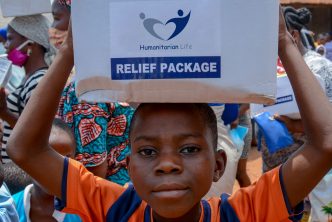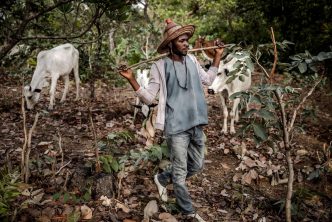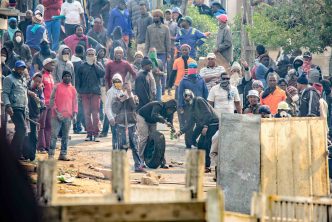From homes to IDP camps
The insurgency waged by Boko Haram and its splinter group, Islamic State West Africa Province, has displaced over 2.4 million persons in the Lake Chad Basin in the last decade. Women and children have been the worst hit by the intractable waves of jihadist displacement. A report released by the International Committee of the Red Cross on August 30, 2020, estimated that out of the 44,000 cases of missing persons in Africa in the last eight years, Nigeria recorded over 23,000, mostly children. Out of the 23,000 cases, 20,000 missing persons were from the North-East alone, making Nigeria the headquarters of disappeared persons in Africa – ahead of Ethiopia, South Sudan, Cameron, Libya, Somalia and the Democratic Republic of Congo.
Tens of thousands of persons uprooted from their homes and livelihoods by non-state armed groups such as Boko Haram have been kept in camps for Internally Displaced Persons (IDPs). As at April 2020, 45 formal and 227 informal IDP camps were set up across the BAY states (Borno, Adamawa and Yobe) by civil society organisations and governments. As at the first quarter of 2020, 85{1c02100822988c48c7b0a484ab61ac3d7f398d67c2f66594d88b2db33072d9d9} of the IDP camps were in Borno State, while 10{1c02100822988c48c7b0a484ab61ac3d7f398d67c2f66594d88b2db33072d9d9} and 5{1c02100822988c48c7b0a484ab61ac3d7f398d67c2f66594d88b2db33072d9d9} were in Adamawa and Yobe states respectively. Undoubtedly, the Nigerian government, local humanitarian and foreign non-governmental organisations (NGOs) have made sacrifices to provide succour to the displaced. Unfortunately, humanitarian assistance has been inadequate because of fiscal and operational constraints amid daunting numbers and a continued flow of victims. Following the challenges faced by IDPs and the inability of the Nigerian government and its collaborators to help them, there is a need for strategic thinking on how to ensure the survival of the IDP community. Thus, this week’s Nextier Insights examines how IDPs can be self-reliant in such a way that they can work and live independent of institutional aid in safer communities. At this time, several of the war-ravaged communities are still unsafe for the IDPs to return.
For More, Download the full Essay.







